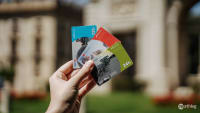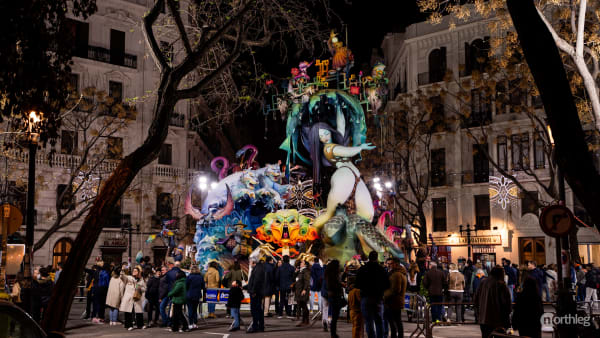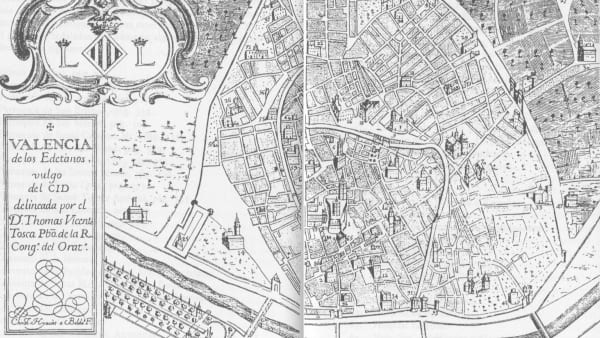Programme
Programme
The programme tends to differ slightly for every parade, but there are some recurring elements that can be seen during many Moros y Cristianos events.
- Marching drum bands.
- Collas de dolçainas and tabalets.
- Parades of Moorish and Christian impersonators.
- Performing dancers.
- Floats.
- Caballos batidores (similar to parade horses).
Of course, the Fallera Mayor’s presence is normally required. Aside from the parade and its acts, a firework display normally follows the event. On the occasion of the first parade, a verbena is normally organised by the hosting fallas committee.
Moorish and Christian impersonators
Their parades are the main point of the event, and they can be inspired by a series of historical events. Here are some of the most commonly represented.
First of all, are the unmissable entrada Mora and entrada Cristiana - the Moorish entry into the city and the Christian entry into the city. These signify the beginning and end of the Muslim dominion and the Christian Reconquista.
The alardo is a battle between Moors and Christians, usually with the presence of arquebuses (a 15th-century long firearm used both in the Ottoman Empire and Europe).
You could also see an estafeta. In it, a message bearer brings news to the opposing army, and after facing a refusal, he returns to his own troops in a fast race. Another representation is the embajada. Here, the Ambassador, accompanied by his escort, holds a speech to the opposing army.

Common figures to watch out for are the cabo and caballo batidor - the parade horse and its horseman. The rider usually makes the horse advance in a controlled and flashy walk, and then gallop back to the squadron. The two are so called because their original purpose was to beat the terrain that opened up in front of their troops.
















